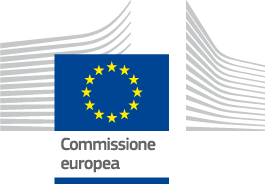The island of Fuerteventura is the second largest of the Canary Islands and includes the 4.8Km2 islet of Lobos. It has a low, sandy coastline resulting from intense erosion. The activities that traditionally occupied the local population (agriculture, including cattle farming, and fishing) now provide employment to scarcely 1.2% of the population, while three quarters of jobs are linked to the service sector, and in particular tourism.

